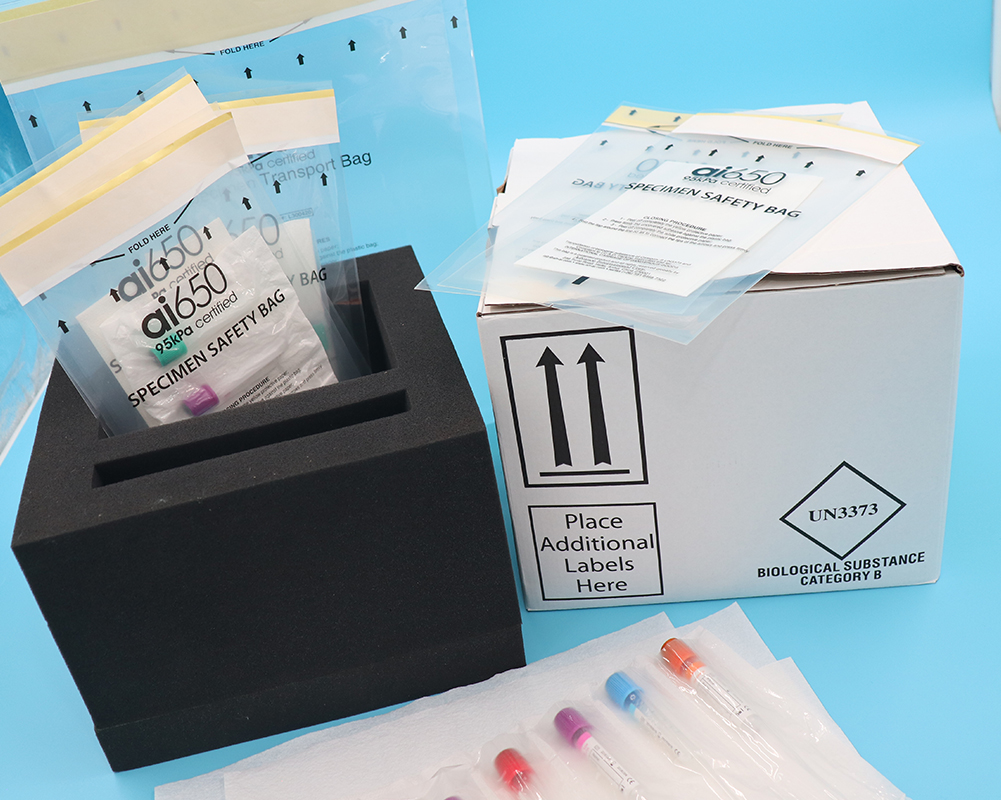How to choose the transportation method for common biological samples?
In biological research and pharmaceutical processes, the storage and transportation for common biological samples is a very important step.
Correct sample transportation can ensure the integrity and reliability of the samples, thereby ensuring that subsequent experimental results are accurate.
During the transportation of biological samples, the survival and stability of the samples are closely related to temperature.
During transportation, temperature fluctuations of the sample should be avoided as much as possible to avoid affecting the activity of the sample and the accuracy of the experimental results.
Liquid nitrogen (-196°C) is recognized as the most reliable method of sample preservation.
However, since the sample cannot be completely immersed in liquid nitrogen, free fragments may bring potential risks of cross-contamination.
Therefore, the liquid nitrogen gas phase (-150°C) environment is the Cold storage is the preferred method of storing samples and provides excellent protection against the risk of cross-contamination.
Animal and plant cells and tissues, marine organisms, blood samples, sperm, vaccines, viruses and other samples are stored in a liquid nitrogen low temperature environment below -150°C.
Frozen samples must be stored at a temperature below -130°C to prevent enzymatic reactions. , for every 7.8°C increase in temperature, the risk of metabolic reactions in cryopreserved samples may double!
When the temperature is higher than -130°C, the risk of sample quality degradation increases.
If this occurs during the transport process, it is difficult to guarantee the experimental data results of
precious samples, and the results of clinical transformation treatments may fall short, or even cause
catastrophic risks of medical accidents.




No responses yet